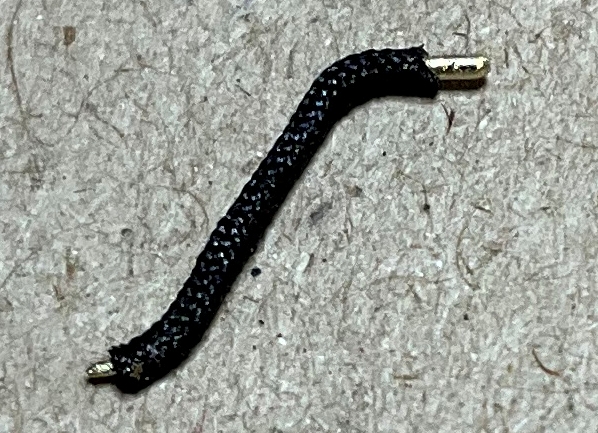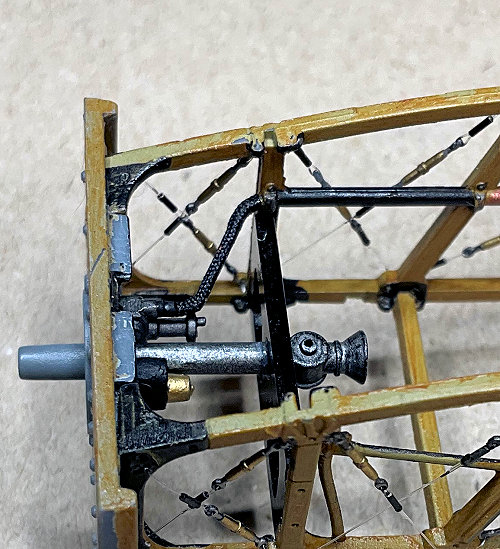Hi all,
I've made a start on adding oil and fuel pipe details into the forward area of the fuselage.
The kit fuselage halves have access panels into this area of the fuselage, but they are moulded as part of the fuselage.
Therefore the kit does not supply any of these details as if built as supplied, this area of the fuselage is not visible.
However, I'm having at least one of these access panels open, so the inside of the fuselage will be seen.
First to be tackled are the oil pipes for engine lubrication.
I believe the oil system was as follows:
On earlier Bristol Scouts, the oil tank was located in the fuselage at the rear of the pilots cockpit.
A supply pipe from the tank was routed along the cockpit left side frame to the near the rear of the engine bulkhead.
A pipe connected the oil supply to the oil pump reservoir.
It seems the engine provided drive to the oil pump which I believe had a centrifugal type impeller which pumped the oil out of the pump.
The oil was pumped back through a pipe to the oil Pulsometer, located in the cockpit.
The glass bowl on the Pulsometer gave the pilot a visual indication of engine lubrication.
From the Pulsometer the oil returned through another pipe and was connected to the engine crankshaft, which was partially hollow.
The oil mixed with fuel from the simple carburettor, located on the rear of the crankshaft.
The fuel/oil mixture was drawn through the engine crankshaft into the rotating engine to provide ignition and lubrication.
The used fuel/oil was vented out to atmosphere through the cylinder exhaust valves.
Hence why rotary engine heavily stained the fuselage, landing gear and wing roots so much.
The first pipe created is the connecting pipe between the side frame supply pipe and the oil pump.
This was made using 0.3 mm diameter Brass rod and 0.5 mm diameter Brass tube.
The rod/tube was bent to locate into holes drilled into the supply pipe and oil pump.
It was the covered with braided black tube (‘ANYZ’ 0.5mm black braided line (AN011), then sealed at each end with thin CA adhesive.
The excess was cut way to reveal the brass ens of the tube/rod.
It was then secured in position using thin CA adhesive.
Next up are the pipes connecting the pump outlet to the Pulsometer and the return pipe to the engine crankshaft,
Mike

